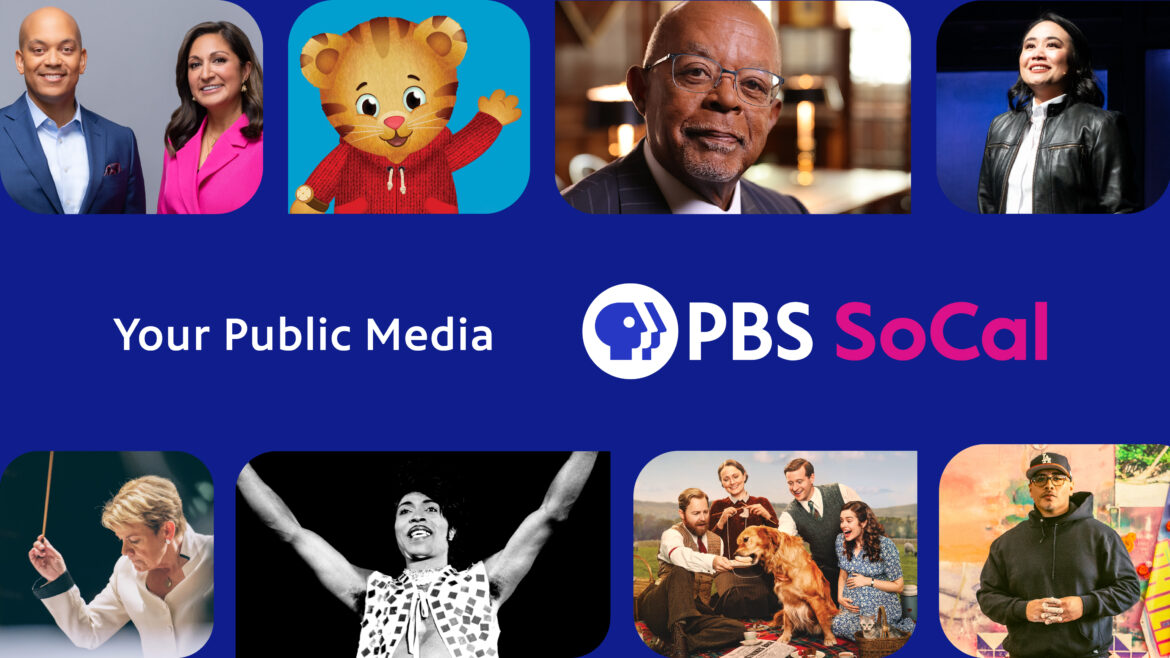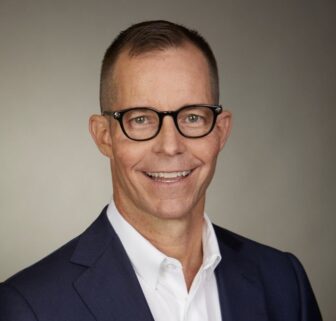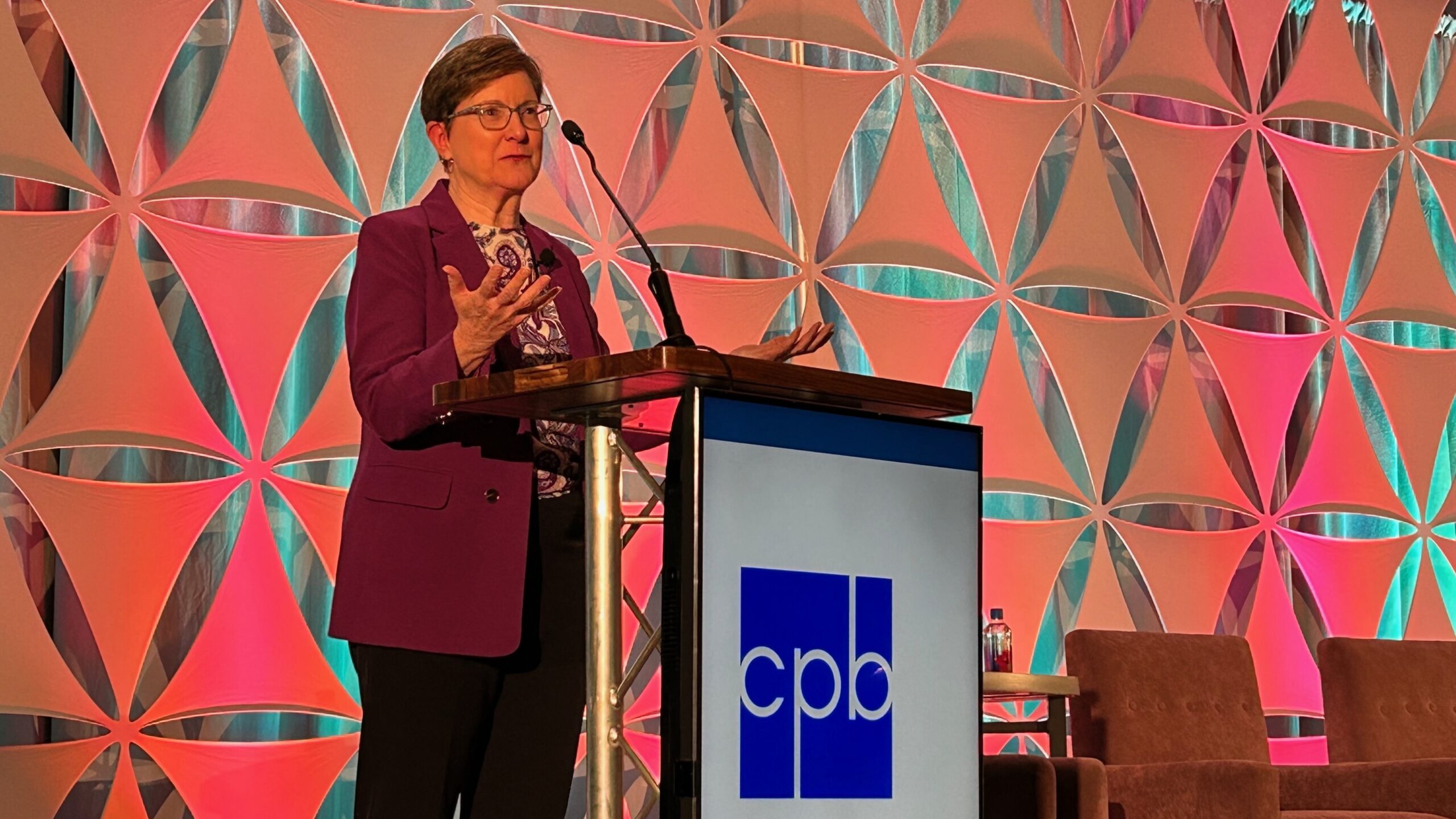Los Angeles stations unify branding as PBS SoCal

By unifying under the PBS SoCal brand, the stations aim to make it easier for viewers to find shows they want to stream.
In a change that’s been in the works for well over a year, KCET in Los Angeles will rebrand as PBS SoCal Plus on Feb. 6.
The change comes six years after KCET merged with PBS SoCal/KOCE under a new licensee, the Public Media Group of Southern California. The brand unification aims to make it easier for viewers and members to access programming from both stations on digital platforms.
KCET’s program schedule will remain the same, but everything apart from FCC-required station IDs will come under the PBS SoCal moniker. That includes the stations’ websites, YouTube channels and social media handles. Viewers in the metro region looking to watch KCET programming on the PBS App or PBS Passport will find PBS SoCal as their selected member station.
As TV audiences migrated to digital platforms over the past three years, PMGSC staff and supporters recognized the need to streamline the discovery process for the stations’ programming, says Dan Ferguson, SVP of marketing and communications.
“We had been in a co-branding experience for many years, so all of our membership materials are co-branded and all of our image spots had been co-branded,” Ferguson says. But when viewers went to find programs through the PBS app, which is localized to PBS SoCal, the co-branding was confusing. “What we had been labeling ‘KCET Originals’ were still falling under the ‘PBS SoCal Experience’ on the PBS app. So we just looked at ourselves and said, ‘You know, we can probably make this easier for viewers.’”
In a post on its website explaining the move, PBS SoCal says, “By consolidating our channels under this name, we are aligning ourselves with what our audience desires and ensuring we deliver on their expectations.”
‘We did not do this quickly’
The process of picking a unifying moniker took most of 2023, Ferguson says. PMGSC leadership wanted to make sure they chose correctly, lest they end up on the wrong end of angry viewer emails and calls.
“We’re in a world where there are many, many media options and we really are making sure that we’re doing everything we can to drive awareness of and engagement with our content,” Ferguson says. “We didn’t want to negatively impact those efforts with this change, and we wanted to be very confident that the unification would help us.”
PBS SoCal hired Boston-based City Square Associates to conduct market research via an online survey of a demographically and geographically representative sample of 1,800 potential viewers and 1,500 PBS SoCal members. The online survey laid out the case for unification and presented a range of branding options, including PBS SoCal, KCET, KOCE, Southern California PBS and names that specifically called out Los Angeles. Respondents ranked the names in order of preference and rated how likely they would be to tune in to their favorites and sign on as a member.

“We weren’t sure of the strength of the affinity towards KCET and we wanted to ensure that anybody who has a strong affinity for [the station] wouldn’t be alienated by this change,” Ferguson says. “When the general population or even members were asked, ‘Who is your PBS station,’ we got a real range of responses. Some said it was PBS SoCal, and some said it was KCET. But when we asked the latter what name they would pick moving forward, they overwhelmingly chose PBS SoCal.”
Ferguson describes the decision to combine under the PBS SoCal moniker as an apparent “slam dunk” with survey respondents.
“They wanted something that felt more local and encompassed the entire community,” Ferguson says. “I always thought of L.A. as the DNA that encompassed everything [in our service area], but what I found was that everyone really identifies with where they’re from. If you’re in Pasadena, you don’t identify with the westside of L.A., and people from Orange County have a strong affinity for that area. And so Southern California does a nice job of encompassing everyone in the region without being so specific that someone might feel alienated.”
Pushing back against fragmentation
Other questions on the survey revealed that respondents had limited awareness of how to stream PBS SoCal programs, including PBS shows and the stations’ original productions. This finding bolstered the team’s confidence that unifying the stations’ branding was both a smart move and a way to build recognition and downloads of the PBS app. “As more and more people migrate to digital platforms, we have to make sure they know that we’re there and that we have really fantastic, inspiring programming available to them,” Ferguson says.
In the world of cable and satellite TV, must-carry rules ensured that PBS stations were automatically in channel lineups, Ferguson adds. But stations don’t have the same visibility in the world of digital streaming platforms. “We have to work a little bit harder. We have to make sure that when someone’s turning on their Roku at night, that our app is sitting front and center and that we’re part of their consideration.”
Though many streaming services use the plus sign on their web apps — Disney+, Paramount+ and so on — the choice of PBS SoCal Plus as KCET’s new moniker was also made with digital awareness in mind. “We wanted to be PBS SoCal Plus because we’re community content plus originals,” says Ferguson. “But we also wanted to stay away from the actual plus sign, because that’s indicative of an app, so we’re doing ‘plus’ all spelled out.”
‘Gosh, this makes sense’
Once the research concluded and the team felt confident about a unified PBS SoCal identity, they presented the change to the stations’ board, major donors, funders and content producers. Ferguson characterized the response as overwhelmingly positive. “There have even been comments about, ‘Gosh, this makes sense. Why did it take so long?’”
“We are working very hard to try to make sure that we’re capturing eyeballs across all platforms,” Ferguson continues. “We went into this unification with every intention to make it not only easier for viewers to find us, but really to make it easier for us internally as well. Every step we’ve taken has been designed to make sure that we’re putting our best foot forward.
“I’ve always said that we can only fulfill our mission of public service if people are engaging with our content, so with this move, we’re doing everything we can to make sure that happens,” he adds.






what has happened to the nature program with the young man who travelled to interesting locations in the U.s, and spoke with locals while discovering the itneresting aspects of the area. He was wonderful and I miss him! The 7pm spot really needs acontinuous and more experienced ‘hosts.’ What ever became of Callie Crosby and her phenomenal leadership on the Friday nite spot. I miss her maturity and her knowledge.